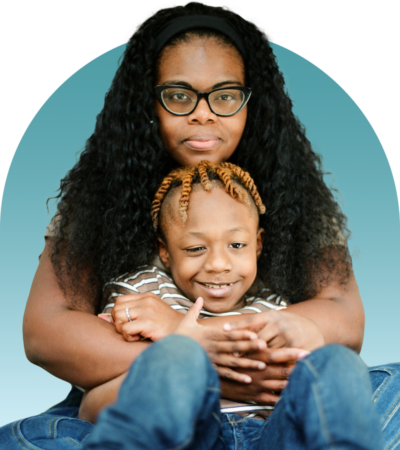After your child is diagnosed with a brain tumor and tests confirm what type of tumor it is, your family will meet with a pediatric neuro-oncologist to discuss how to treat it. The treatment your child’s doctor recommends and how long it lasts will depend on the type of brain tumor, its location, and how the tumor responds to treatment.
Choosing a treatment for your child is an important decision. It can also be confusing and stressful. Below are types of treatment your child’s doctor may recommend. If you’re not sure what option may be best for your child, it’s ok to ask questions. After you read the list below, check out “5 Questions to Ask the Doctor About Your Child’s Brain Tumor Treatment” to help you learn more from your child’s healthcare team.
TYPES OF TREATMENT FOR A PEDIATRIC BRAIN TUMOR
Observation Your child’s doctor may recommend watching the tumor for growth or changes, without surgery or other treatment. This is often done with repeated MRI imaging. Observation is a method used for only some brain or spinal cord tumors. If the tumor grows or changes in the future, your child’s doctor may recommend another type of treatment.
Surgery (Surgical Resection) Surgery is a very important first step in diagnosing and treating many brain tumors. For some tumors, surgery to remove the tumor is the only treatment needed. Sometimes a tumor cannot be removed by surgery because it is growing deep in the brain or near delicate parts of the brain. Other times the tumor is growing alongside healthy brain tissue, and the surgeon cannot remove the tumor without causing damage to your child. In those cases, doctors may diagnose the kind of tumor your child has using MRI images alone and suggest a different type of treatment.
Chemotherapy Chemotherapy is the name of medication given to treat tumors. It can be given by mouth in the form of a liquid or a pill. It can also be given by liquid into a vein (called IV or intravenous therapy). The type of chemotherapy given to a child depends on the type of tumor since different chemotherapies work best with different tumor types. Your treatment team will choose the chemotherapy they think will work best on your child’s tumor.
Targeted Therapies Sometimes your child’s treatment team will choose a drug that targets tiny changes they find in the cells of the tumor. Doctors use these medicines to interrupt the way the tumor cells work to make the tumor shrink or go to sleep. The goal with “targeted” therapies is to cause less damage to healthy, normal cells.
Radiation Radiation therapy uses high– energy radiation to shrink tumors and kill cancer cells. It is given by a machine outside the body. While radiation is good at killing tumors, it can also damage normal tissues, especially in growing children. Radiation to a child’s brain can change how well they learn. Because radiation can cause damage that might last for a long time, the treatment team is very careful when recommending this treatment. Radiation can focus on a very large area of the body like the entire brain and spine, or it can focus on just one small part of the brain. It all depends on the kind of tumor, where the tumor is located, and how old the child is.
The two main types of radiation therapy that are commonly used for children with brain and spinal cord tumors are protons and photons (traditional). Your doctors will provide information about which type of radiation therapy works best for your child’s type of tumor.
CLINICAL TRIALS & FUTURE TREATMENTS
The goal of any treatment is to get rid of the tumor and keep it from coming back without causing too many harmful side effects. Because many brain tumor treatments used on children were first developed for adults over 40 years ago, they’re less effective than other childhood cancer treatments and can leave lasting side effects on children’s smaller bodies and developing brains. PBTF works with researchers and doctors to identify and develop new treatment options that improve children’s survival rates and quality of life.
When doctors find a drug or other treatment they think may do a better job fighting a disease like pediatric brain cancer, they organize an experiment to learn what happens when they give the drug or treatment to a group of patients who have the disease. These experiments called clinical trials, help doctors learn which drugs and treatments are safe to give to patients and which do the best job fighting their cancer.
Taking part in clinical trials is always voluntary and is a very important decision. When you are thinking about whether to enroll your child in a clinical trial, you’ll want to research the trial and talk through all your questions with your doctor and family members. You can find out about clinical trials through the Pediatric Brain Tumor Foundation’s Clinical Trial Finder at https://trials.curethekids.org or visit www.cancer.gov/clinicaltrials.
No matter the treatment option your family decides, it is important to continue to ask questions and advocate for your child. PBTF’s Starfolio Resource Notebook, available in English and Spanish, provides information and tools to help you navigate the unique needs and challenges of your family’s pediatric brain tumor journey., Learn more about how you can download a digital version or request the printed Starfolio in a zip-up binder at www.curethekids.org/starfolio.

